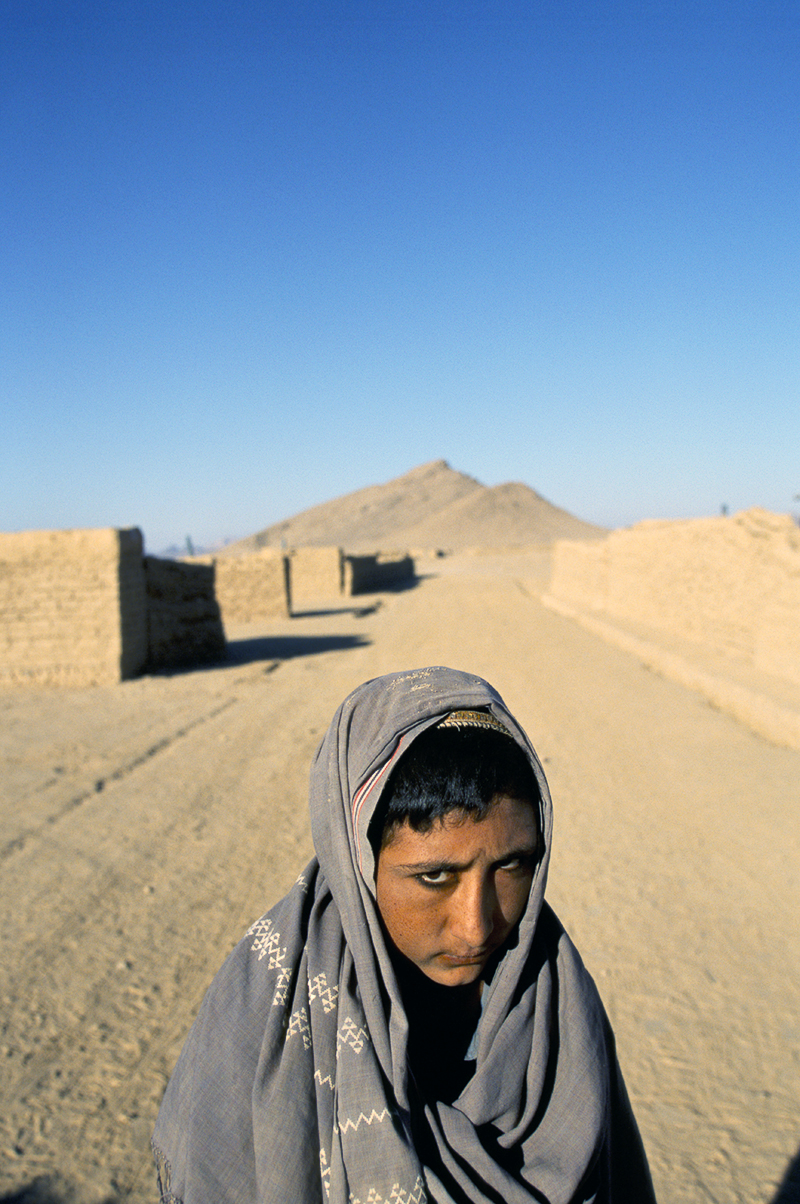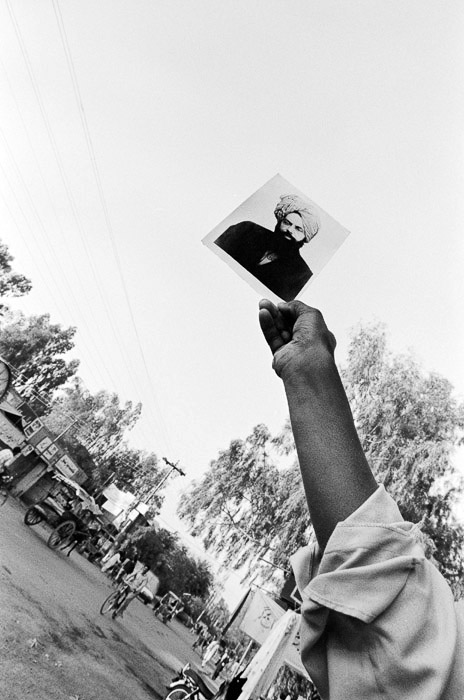
I had been debating for days whether to post something on Afghanistan (in light of our Great Leader’s brilliantly orchestrated ‘outburst’ about Pakistan’s involvement) when Time Magazine produced its most blatantly propogandist cover story for decades. The piece cynically manipulates Jodi Bieber‘s (a friend and ex-collegue from Network Photographers) dignified image of a mutilated woman to suggest that a withdrawl from this illegal, NeoCon war would lead to more barbarity. Presumably similar barbarity to the drone attacks killing countless civilians in both Pakistan and Afghanistan and the illegal, drug-infested, torture-soaked, Karzai government.
Let’s make no mistake here, the excuse that the brave forces of democracy are in South Asia to prevent another 9/11 is entirely spurious. Afghanistan did not attack America. The majority of those that did came from our staunch ally, Saudi Arabia – known for its robust defence of human, especially women’s rights. That a minority of Islamicists may have had bases in Afghanistan is more the result of Indo-Pak (and therefore CIA) intelligence machinations. Afghanistan has been raped and used by every invading army since the British had a go twice in the Nineteenth century. Are we surprised that such actions have spawned amongst the Pashtun tribes a spiteful and extreme Islam? I’m more surprised that it hasn’t been worse. My visits to Afghanistan (starting in 1994 to cover the Siege of Kabul for Der Spiegel) have consistently shown Afghans to be peaceful and kind – not that you’d get that from a whole generation of photographers and writers who have covered this forago ’embedded’ courtesy of the American Industrial-Military Complex. Surely they are all turban headed (‘rag-heads’ are Iraqis… obviously) women-hating, primitives. Still, if we can’t understand ’em and they don’t want our democracy, let’s bomb them, eh? Bomb them ‘back to the Stone Age…’.
According to Matthew Hob, the former US Marine who resigned his post as Political Officer in 2009, “The Pashtun insurgency, which is composed of multiple, seemingly infinite, local groups, is fed by what is perceived by the Pashtun people as a continued and sustained assault, going back centuries, on Pashtun land, culture, traditions and religion by internal and external enemies … I have observed that the bulk of the insurgency fights not for the white banner of the Taliban, but rather against the presence of foreign soldiers and taxes imposed by an unrepresentative government in Kabul.”
This campaign is lost as is the Mirage of the Good War.







